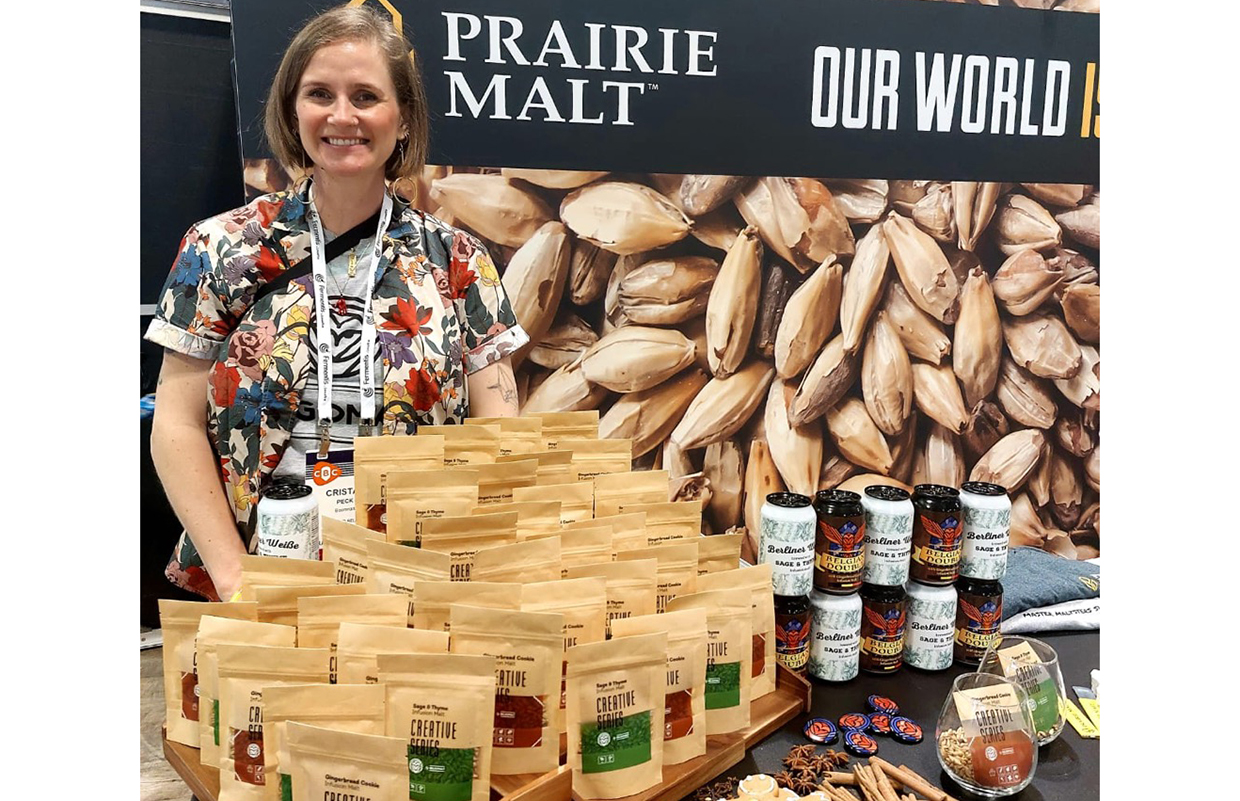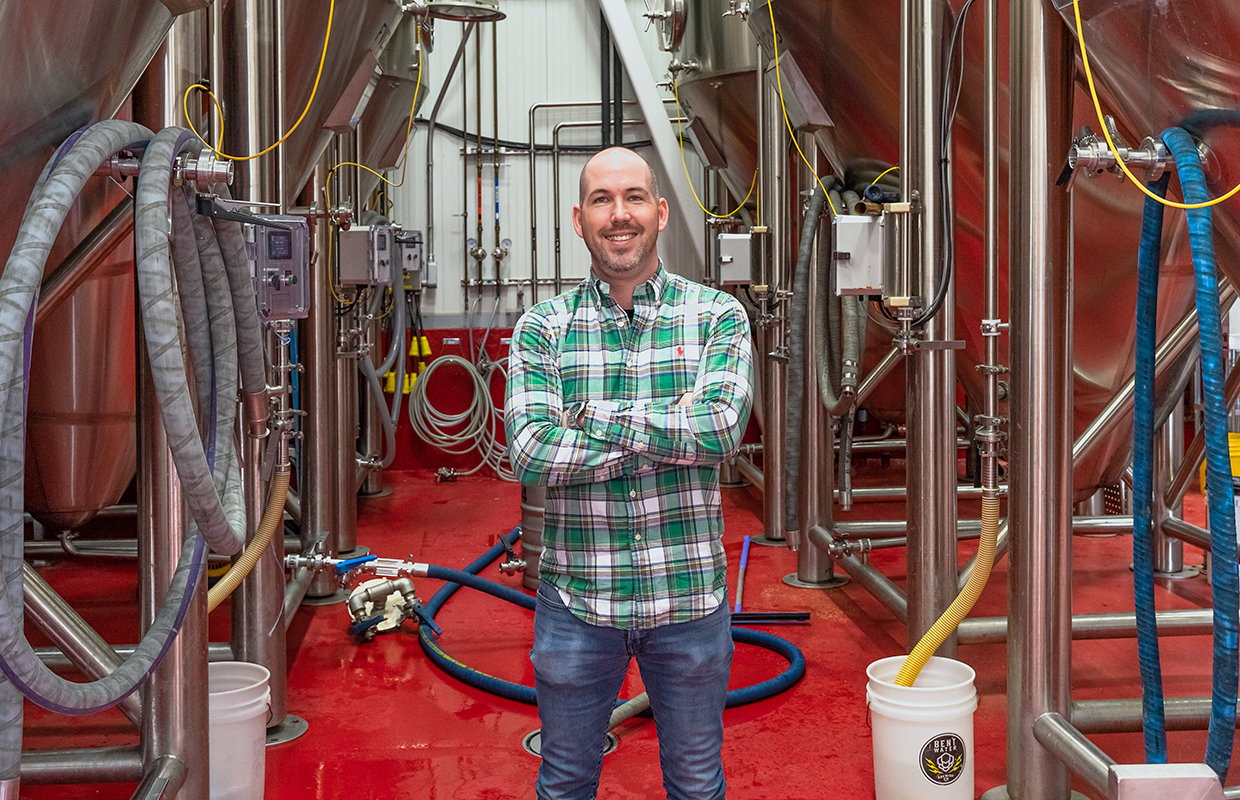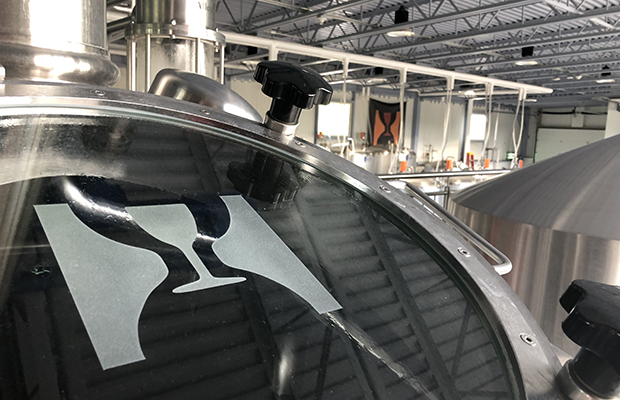
Creating a flavor profile that can be a hit is always a tough part of recipe development. Even choosing a proper malt for a grist can take time to formulate. And with the rise of flavors outside of the Reinheitsgebot, that means even more going into your mash-in.
What if just the grain was all you needed? Cristal Peck and a team at Belgium’s Boortsmalt are looking into that.
During the 2023 Craft Brewers Conference’s Researcher Presentations, Peck — the Product Innovation Manager for the company — gave a short introduction to a packed room explaining how infused malts could be the next step in flavored beer styles.
Instead of additional adjuncts being used, pre-flavored malt could be mashed in to create similar flavors to currently made styles.
“Infusion malts are unique malt varieties, which are produced with the incorporation of other raw ingredients into the malting process throughout these three phases (steeping, germination, and kilning)” she explained. “Using the steep water as a gentle cold extraction medium, the humidity of the germination phase, or the heat from the kilns we’re able to extract flavor and aroma compounds from these raw ingredients, and they are infused into the barley endosperm during that process of barley modification.”
Using the infusion malts in the brewing process, Peck said, can result in a complex layering of flavors.
“Beverages producing infusion malts feature a unique multifaceted sensory profile,” she said. “Flavors we’ve observed in finished beers can be totally novel. From the ingredients coming from those additions into the infusion walls, there seems to be much more complexity and much more integration into a matrix.
“We’ve observed other aroma and flavor compounds that seem to be present beyond those added. A coconut flavor profile is often observed as similar to that of the bourbon barrel-aged product. This is indicative of transformation products. With the incorporation of infusion malts into recipes, flavor and aroma compounds derived from the ingredients added into this malting process are expressed completely differently from the classical approach of adding into the whirlpool or the lagering tank. There seems to be much more complexity and integration into a matrix and a more nuanced end product results.”
On tap after the presentation were four canned products using these malts, which included a Berliner with Sage/Thyme; a Belgian Dubbel with Gingerbread Cookie; a Winter Wit with Lavender & Orange; and a Chocolate Brown with Cacao & Orange.
The research the company did indicate that exogenous flavor and aroma compounds originating from those raw ingredients used in the malting process were integrated inside the malts into the matrix of the endosperm.
“These results conclusively demonstrate the presence of these compounds,” Peck said. “We also performed a volatile fingerprinting on beers brewed using infusion malts, which has led to a new project which has since commenced.”
It’s just a first step in the development of these products and Peck said there are lots of avenues still to explore.
“Is there a biotransformation happening? Can we find evidence of transformation products originating from the infusion process so not originally present in those additional raw ingredients,” she said.
They have also observed promising indications of enhanced shelf life on these beverages. They plan to look at flavor stability aspects of infusion malt beverages, such as introduced antioxidants, and perform analytical profiling. They will plan to observe distinctive interplays between diverse yeast strains and infusional wort and the resulting compound formation as well.
Photo courtesy Cristal Peck/Boorsmalt




Be the first to comment